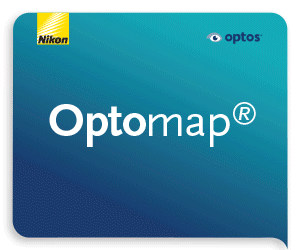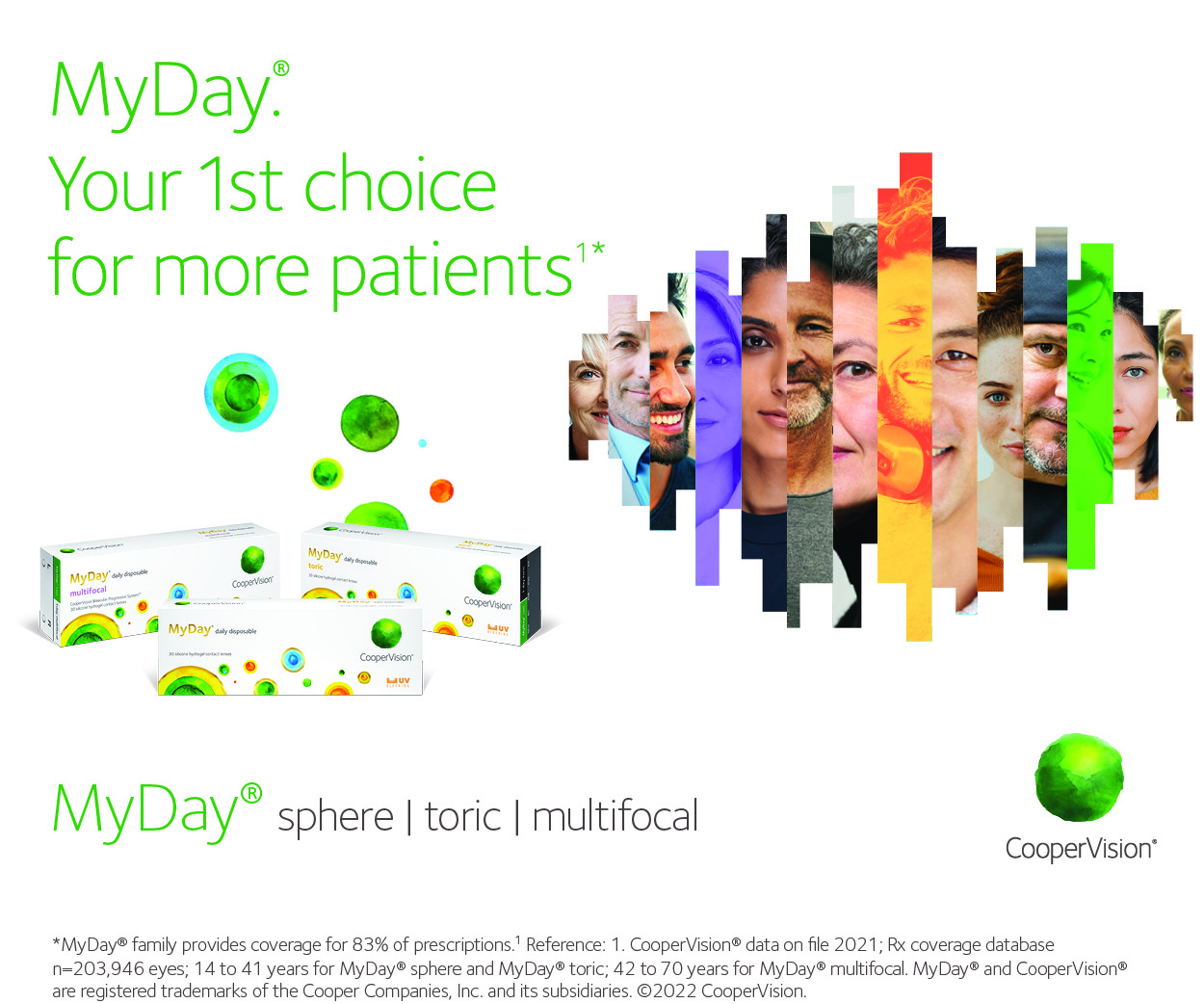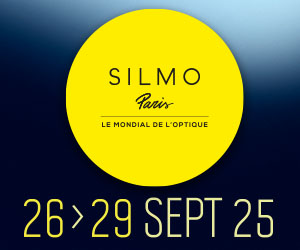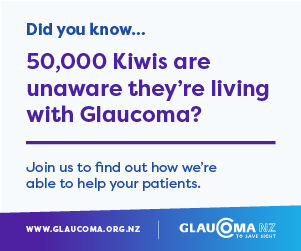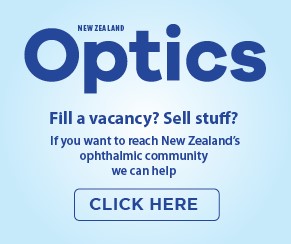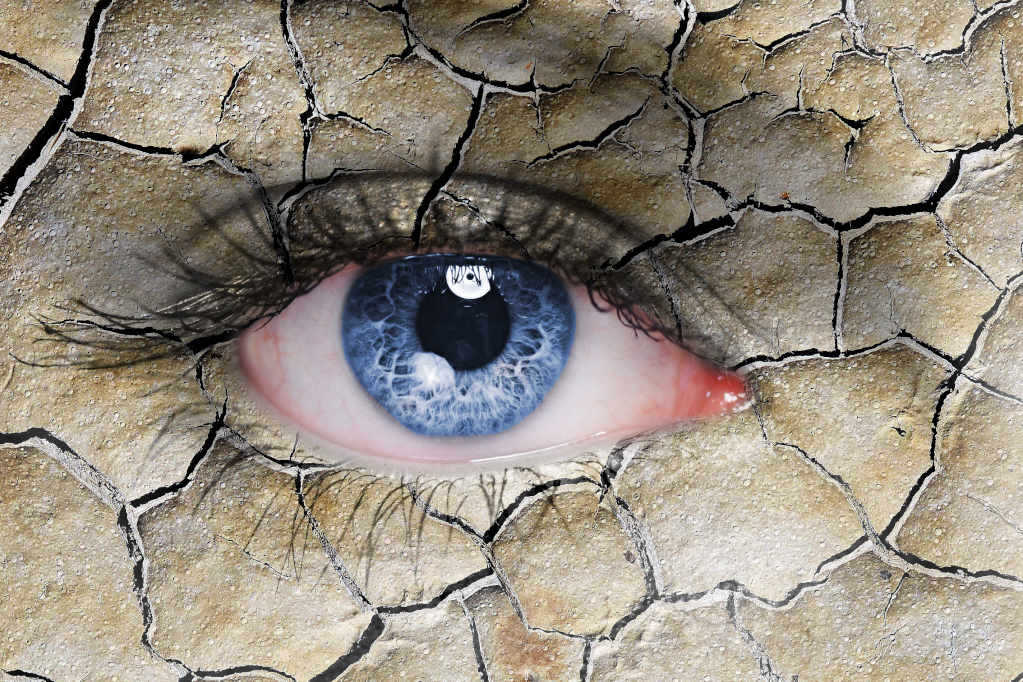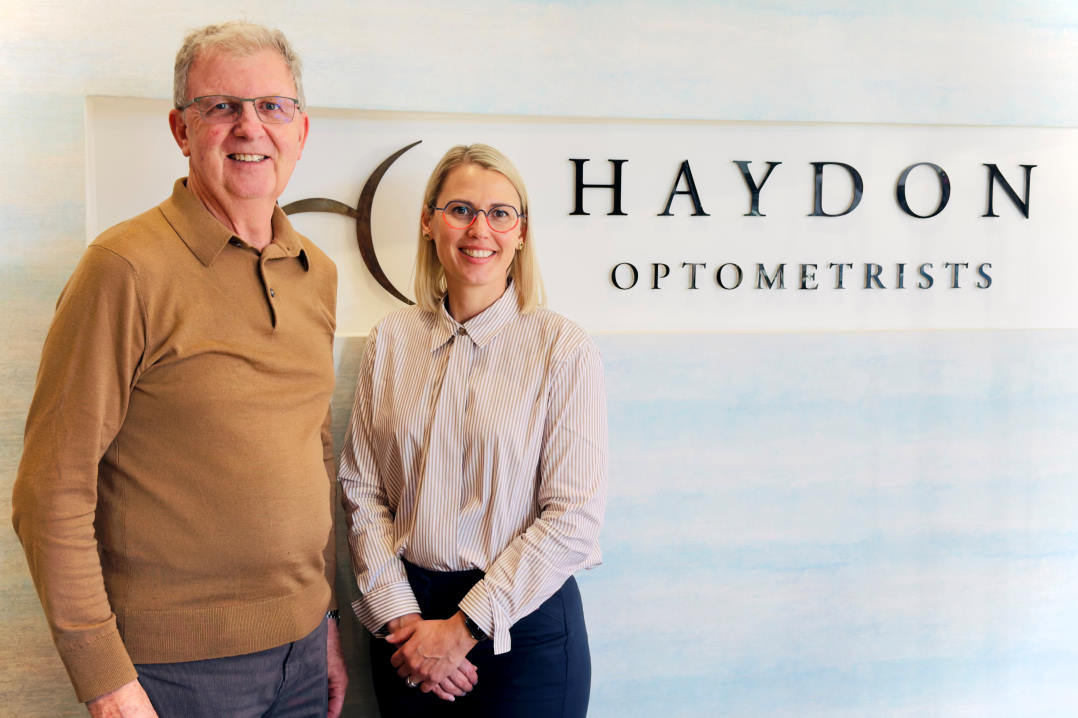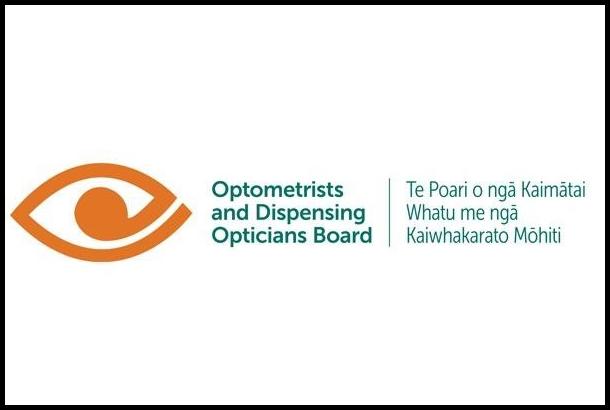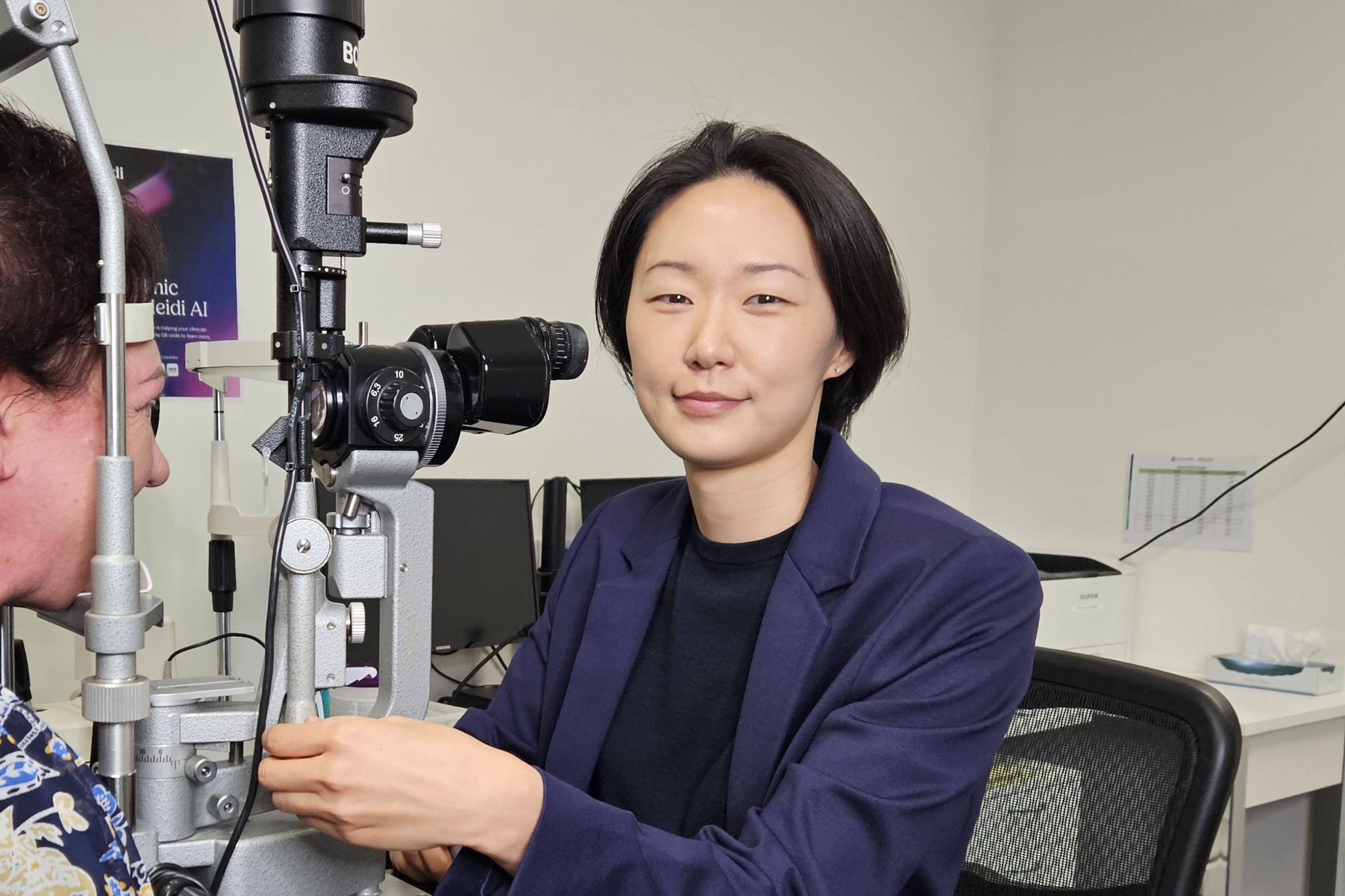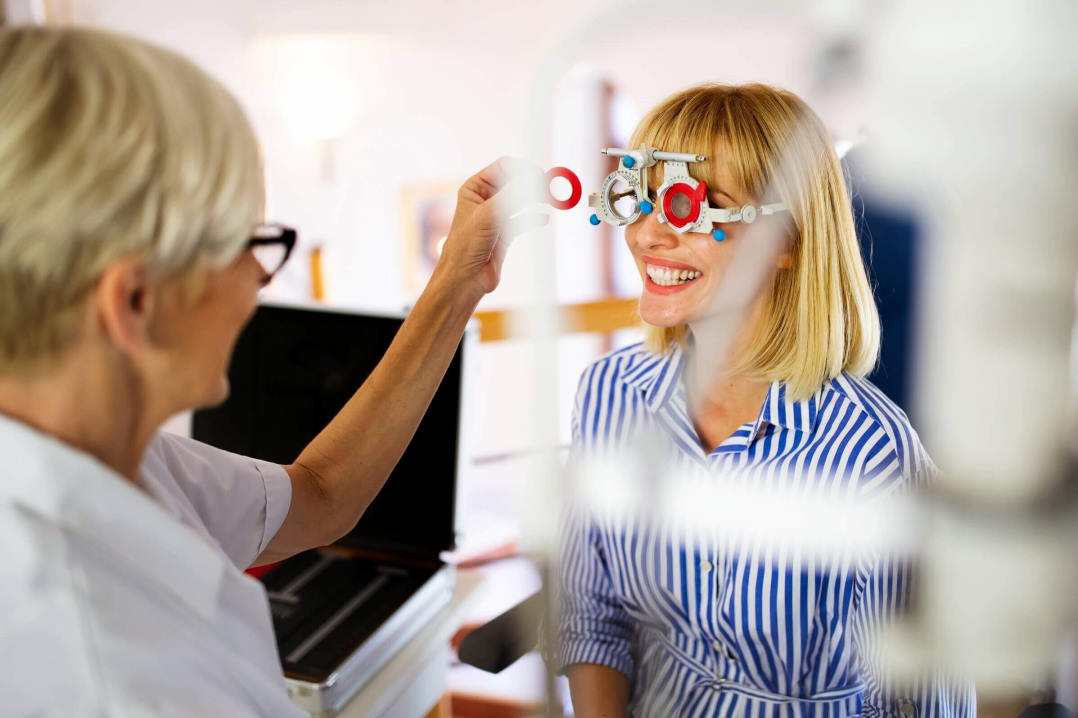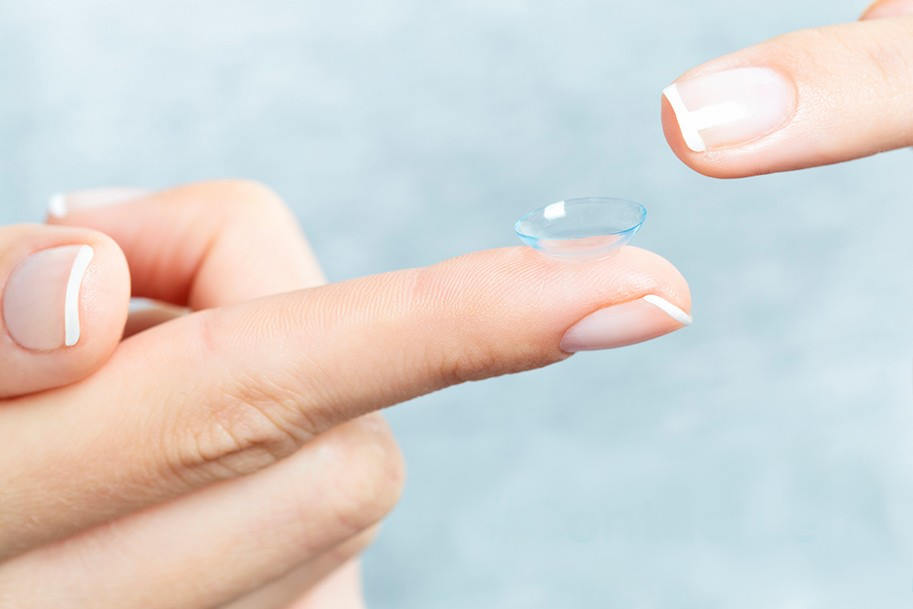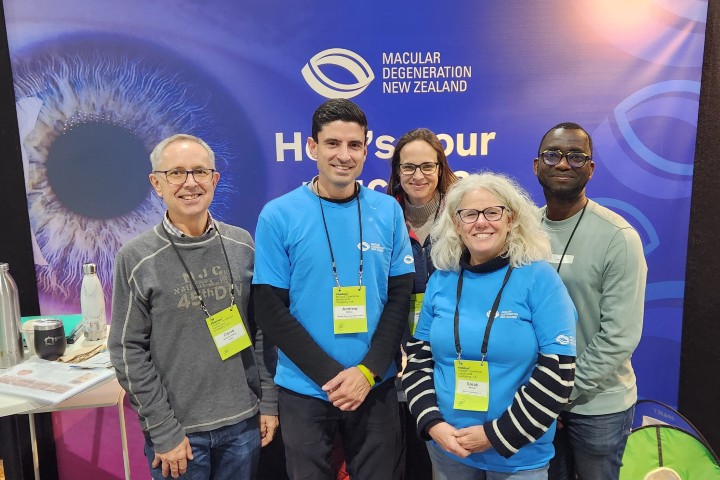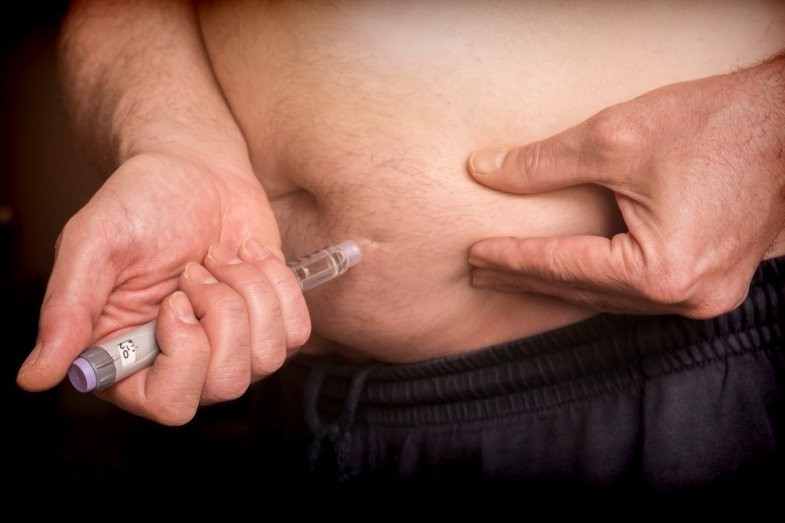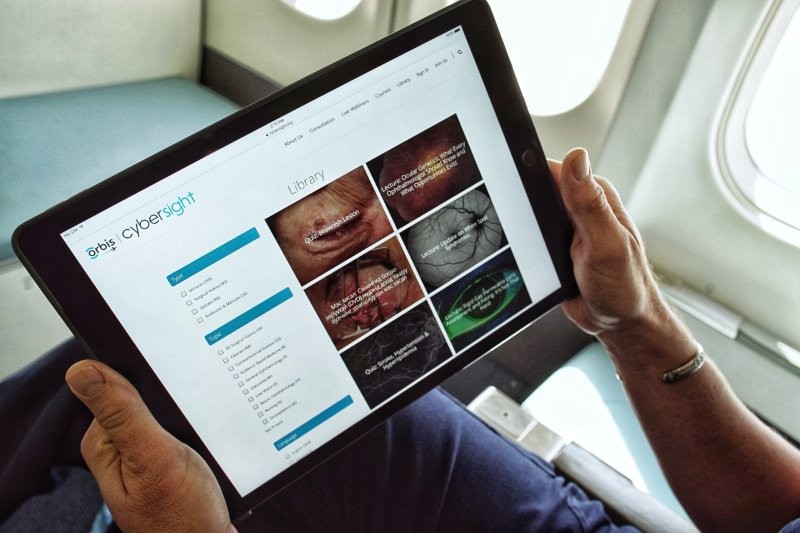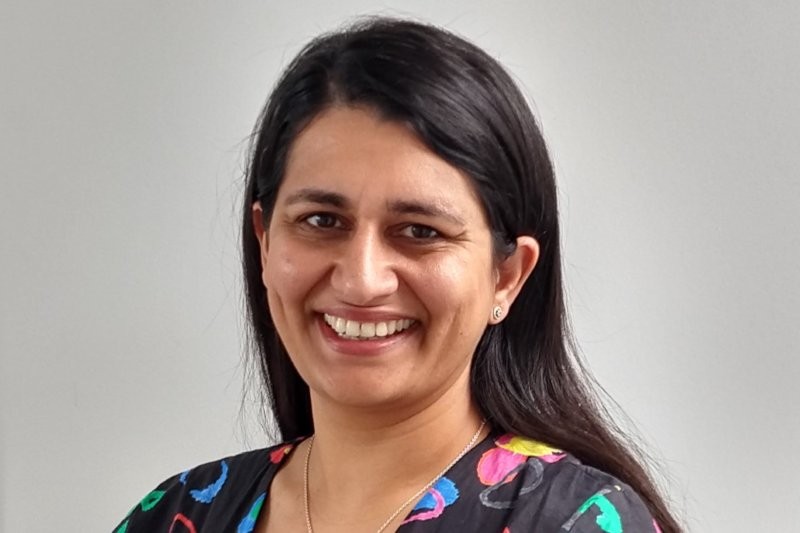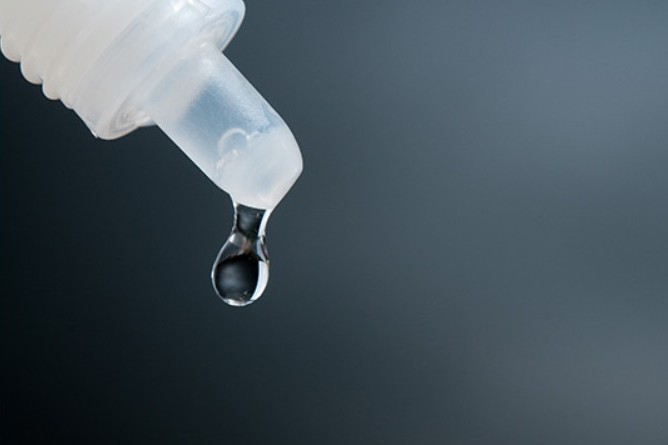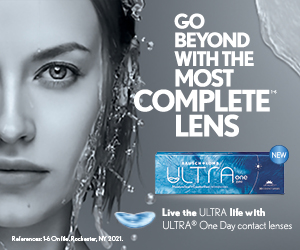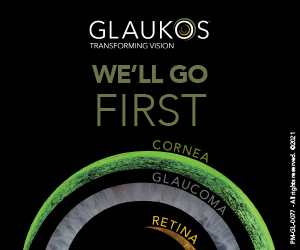Next-level DED management
Four internationally renowned dry eye specialists, including the University of Auckland’s Professor Jennifer Craig, teamed up to co-author the Canadian-based Centre for Ocular Research & Education's (CORE’s) clinically relevant perspectives on dry-eye disease (DED) for March’s Contact Lens Update.
Dr Karl Stonecipher, medical director of laser-defined vision and clinical professor of ophthalmology at the University of North Carolina, described an in-office study showing the use of intense pulse light therapy/low level light therapy (IPL/LLLT) or LLLT alone for the treatment of meibomian gland dysfunction (MGD), finding both beneficial in patients for whom topical and/or systemic therapy failed.
In her case report on multimodal DED treatment to overcome contact lens discomfort, Dr Selina McGee, adjunct assistant professor at the Northeastern State University College of Optometry, Oklahoma, reminded clinicians that looking for skin as well as ocular conditions can lead to an early diagnosis of rosacea and Demodex blepharitis.
The safety, efficacy and place in therapy of eyelid-warming devices was tackled by Dr Leslie O'Dell, medical director for Medical Optometry America York. In addition to the use of IPL, LLLT and moisture chambers, she gave an overview of a newer technique, quantum molecular resonance. This involves applying high frequency, low intensity electrical currents to create magnetic fields to alter biological tissue function, which has been found to have anti-inflammatory and tissue regeneration properties. However, Dr O’Dell noted just one study had evaluated the safety and efficacy of quantum molecular resonance at the time of writing.
Discussing these in-office strategies, Prof Craig’s editorial, ‘Taking DED management to the next level’ reminded clinicians that there is no ‘one size fits all’ approach. She also cautioned against purchasing costly management devices at the expense of diagnostic equipment, as it is important to target treatment to the identified deficiency, and emphasised the importance of patient compliance in lid hygiene.
For more about the latest research in DED, click here.




